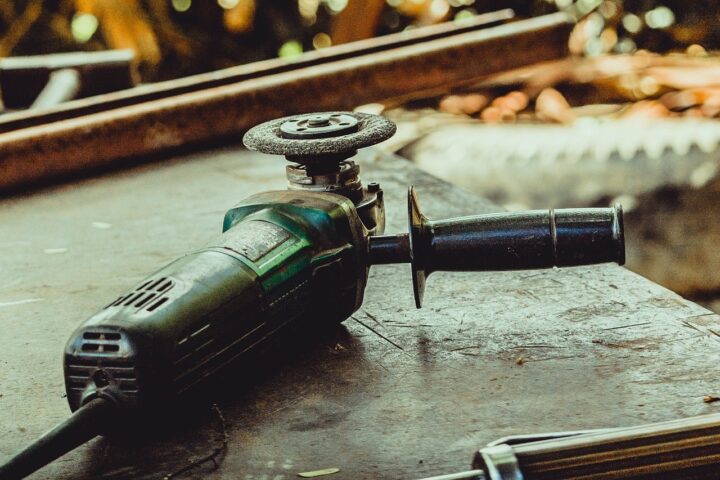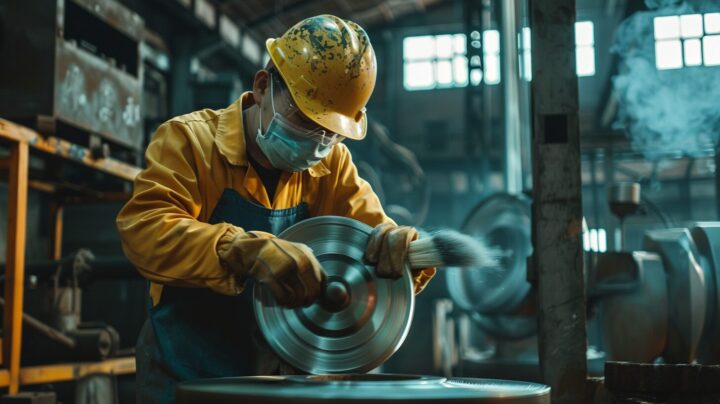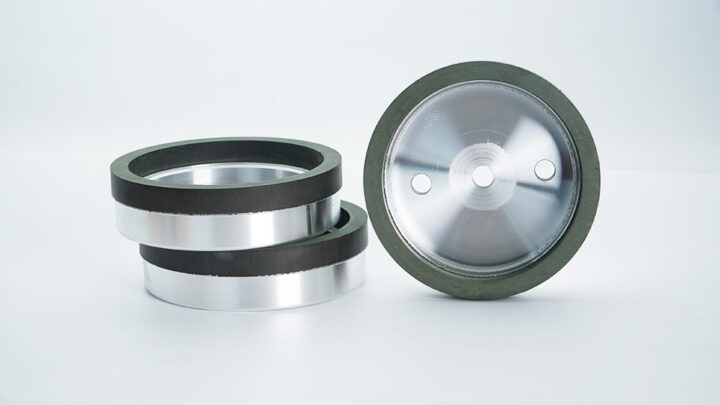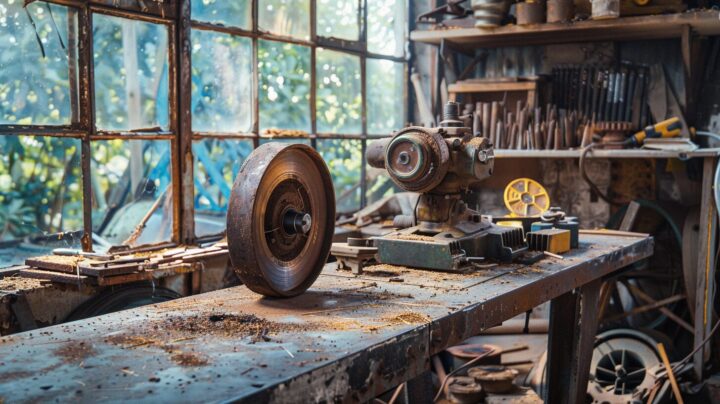TABLE OF CONTENTS Abrasive Material Aluminum Oxide (Al2O3) Silicon Carbide (SiC) Diamond and Cubic Boron Nitride (CBN) Bonding Agent Vitrified Bond Resin Bond Metal Bond Wheel Structure Open Structure Dense Structure Grain Size and Distribution Operating Conditions: Finding the Grinding Sweet Spot Speed Pressure Coolant Usage Wheel Maintenance and Dressing Application Specifics Grinding Process...
Mrbrianzhao’s blog will share you with many articles which will not only tell you the basic knowledge of grinding wheels and other abrasive tools, but also share you with different industries’ corresponding grinding tools. Stay in here, You will soon master how to use different types of abrasive tools for grinding, polishing, cutting and drilling. Keep up with Mrbrianzhao’s share.





